Tag: Usapang pera
-

SEDPI Calls for Urgent Action to Support Nano Enterprises at UN Women Summit
Quezon City, Philippines. At the Regional Summit on Inclusive Economic Empowerment to Accelerate Climate Action and Low Carbon Solutions, Vince Rapisura, co-founder and president of the Social Enterprise Development Partnerships, Inc. (SEDPI), delivered a compelling presentation on the state of nano enterprises in the Philippines—highlighting their struggles, resilience, and potential to contribute to climate adaptation…
-
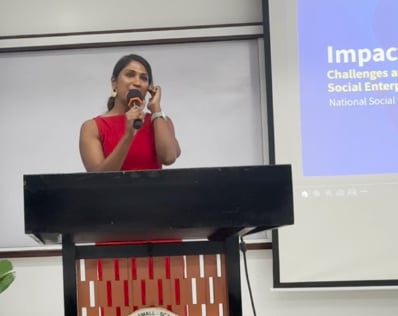
Bridging the Capital Gap: Priya Thachadi on Redesigning Finance for Impact Enterprises
At the 2025 National Social Enterprise Conference, Priya Thachadi, Co-founder and CEO of Villgro Philippines, delivered a bold and urgent message: the social enterprise financing ecosystem is failing the very entrepreneurs it claims to serve. Drawing from her nearly decade-long experience in the Philippines, Priya outlined the persistent barriers that early- to growth-stage social enterprises…
-
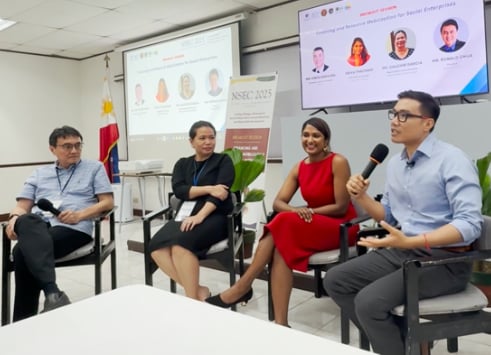
Breaking Barriers: Financing Realities and Bold Solutions for Social Enterprises Take Center Stage at NSEC 2025
“We all say we love collaboration—but we have to actually do it.”—Priya Thachadi, Villgro Philippines The 2025 National Social Enterprise Conference’s breakout session on Financing and Resource Mobilization convened some of the country’s most insightful voices in the impact ecosystem for an honest and energized exchange of ideas. With social finance reformers Vince Rapisura of…
-
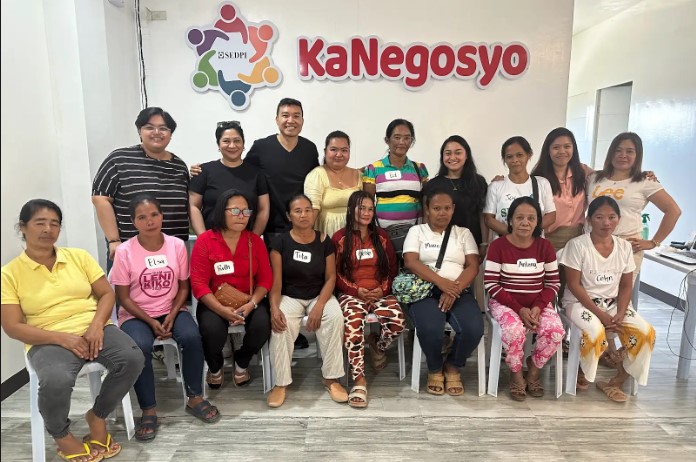
SEDPI Highlights Women Nano-Entrepreneurs’ Resilience in Mindanao at World Bank-Ateneo Forum
In celebration of Women’s Month, the Ateneo Center for Social Entrepreneurship (ACSEnt), in partnership with the World Bank and the Australian Embassy, held a landmark forum on “Women Entrepreneurship and Financial Inclusion.” One of the event’s highlights was the presentation of a field-based study by Vincent Rapisura, President of SEDPI, focusing on the resilience of…
-

SEDPI KaNegosyo Opens 17th Branch, Expanding Support for Nanoenterprises
Strengthening Communities Through Sustainable Finance SEDPI KaNegosyo proudly marks another milestone with the grand opening of its 17th branch, a testament to its unwavering commitment to empowering nanoenterprises across the country. With this expansion, SEDPI continues to provide sustainable financial solutions, social protection, and housing support, fostering economic resilience among small business owners. “Our mission…
-
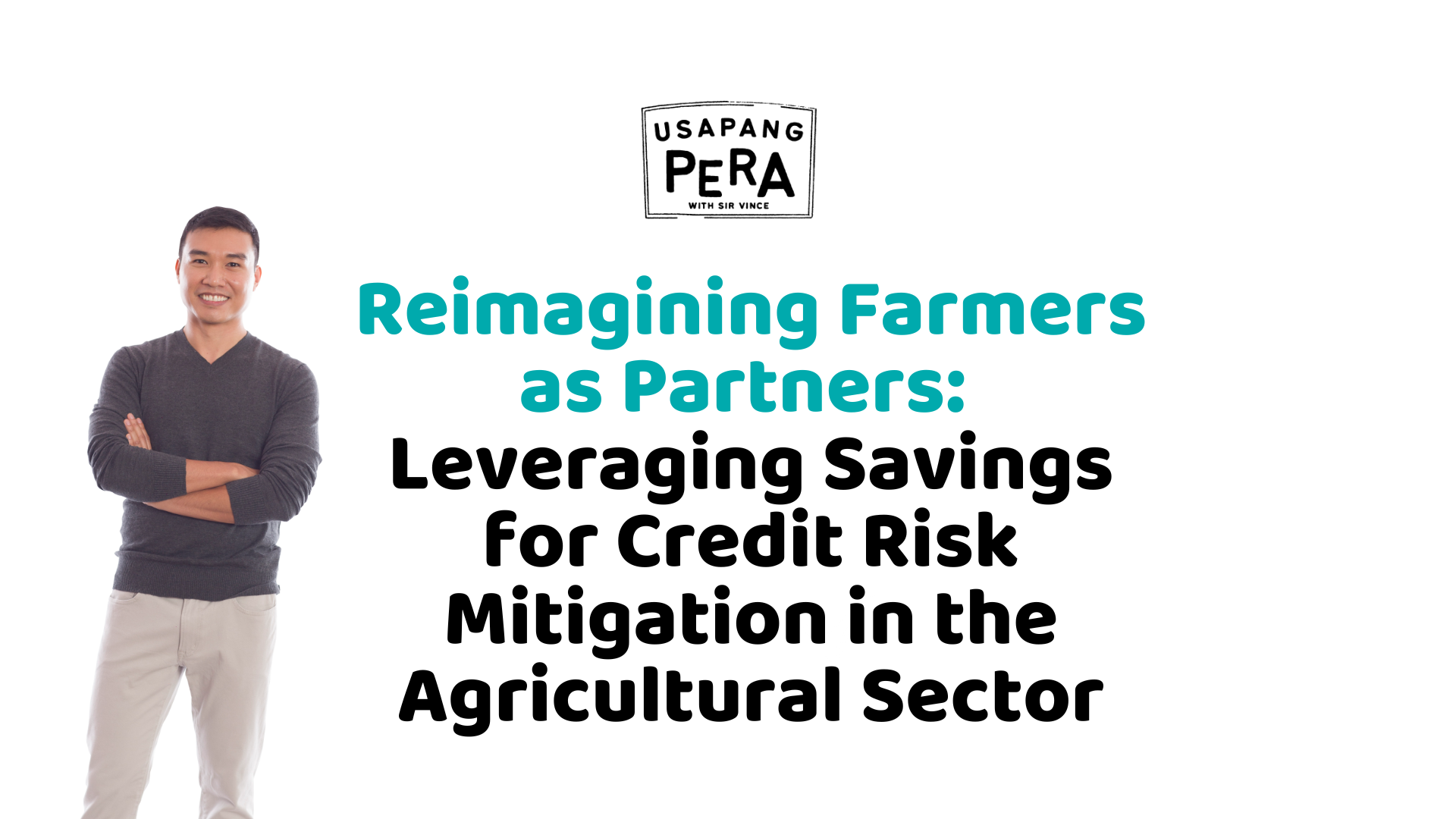
Reimagining Farmers as Partners: Leveraging Savings for Credit Risk Mitigation in the Agricultural Sector
Delivered on May 23, 2023 at the Agricultural Credit Policy Council event held at the PICC Financial inclusion remains an essential factor for sustainable economic development, particularly in the realm of the agricultural sector. Having access to a broad range of financial services – which includes not only credit but also savings, insurance, and money…
-
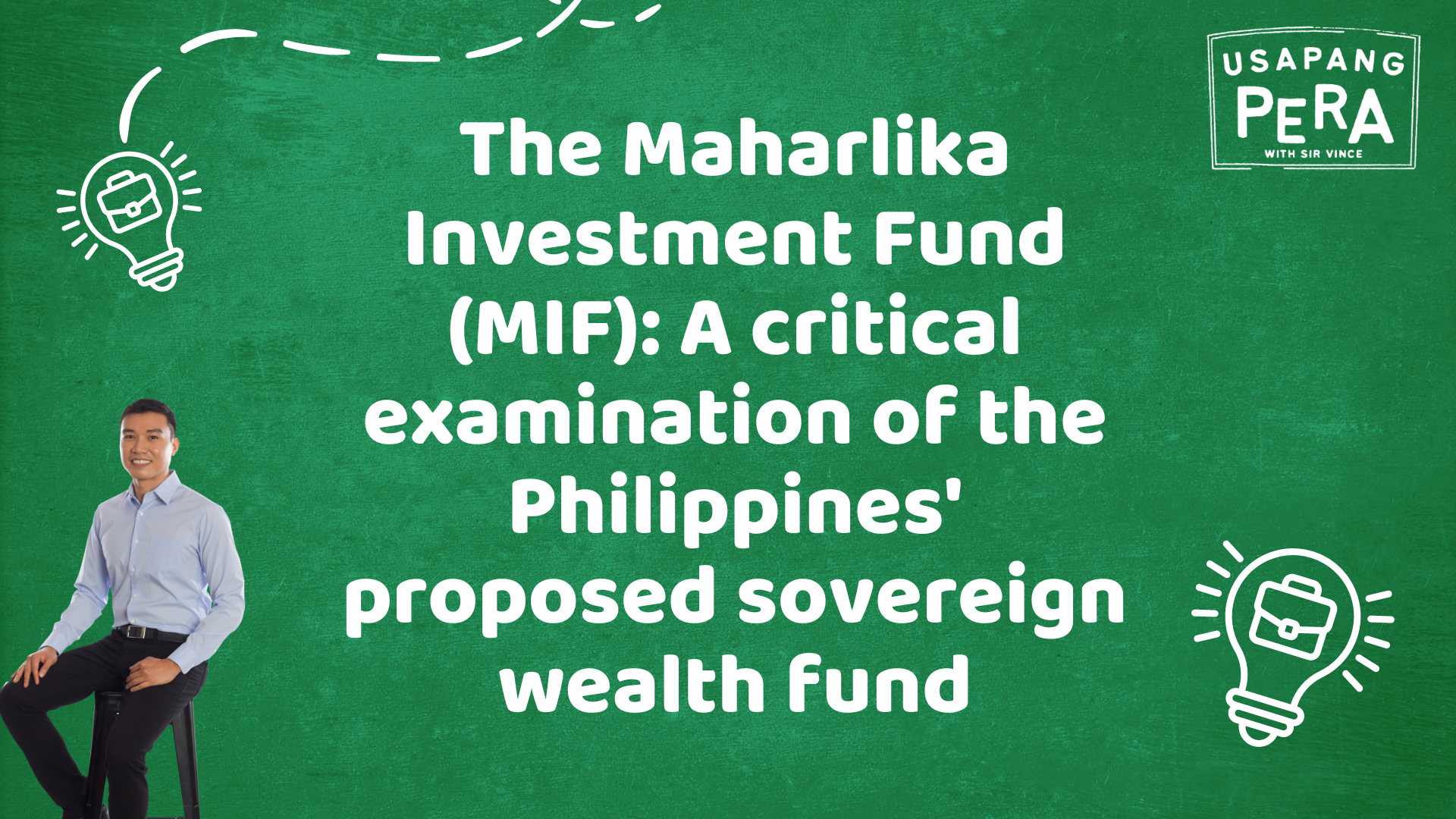
The Maharlika Investment Fund (MIF): A critical examination of the Philippines’ proposed sovereign wealth fund
Sovereign Wealth Funds (SWFs) are state-owned investment funds that are used by countries to benefit their economies and citizens. They consist of various types of assets such as stocks, bonds, real estate, or other financial instruments, often derived from a nation’s surplus reserves. The concept of SWFs originated in the mid-20th century, pioneered by countries with…
-
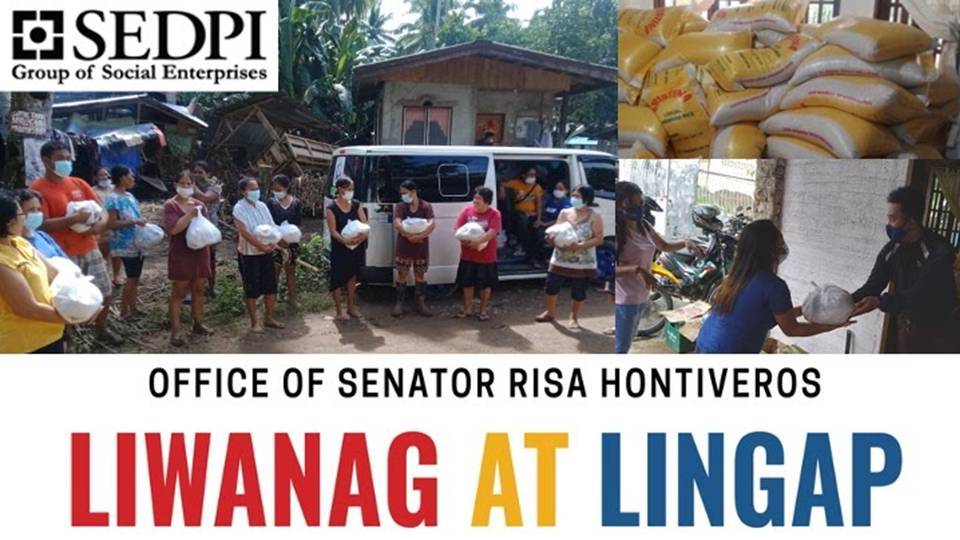
SEDPI at Opisina ni Senator Risa Hontiveros Nag-abot ng Tulong sa mga Nasalanta ng Bagyong Vicky
“Sagol nerbyos hadlok lagi kay basi manganaod kay paspas kaayo ang pag taas sa tubig og sulod kaayo.” “Magkahalong nerbyos at takot dahil baka maanod kasi mabilis ang pagtaas ng tubig at pumapasok talaga.” Ito ang naramdaman ni Roxanne Amigo habang rumaragasa ang baha na dala ng bagyong Vicky. Kasama sa binaha at na-landslide ang…
-
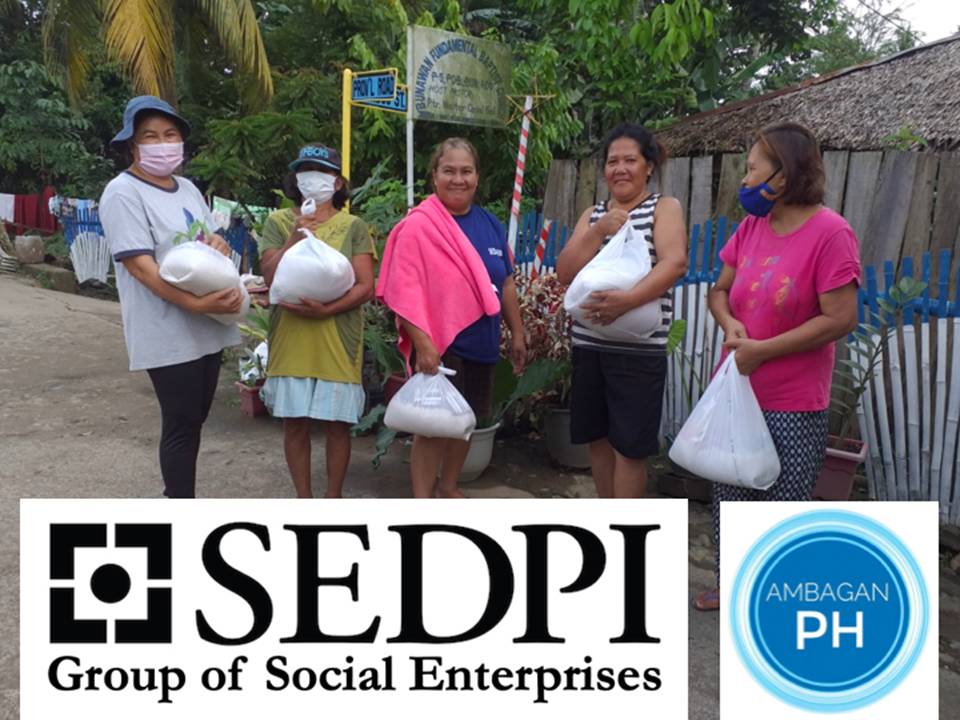
SEDPI at Ambagan PH Tumulong sa mga Nasalanta ng Bagyong Vicky
Agad na nag-abot ng tulong ang SEDPI at Ambagan PH sa 1,884 na nasalanta ng bagyong Vicky sa Agusan del Sur at Surigao del Sur. Matapos ang tuloy-tuloy na ulan na dulot ng bagyong Vicky sa Mindanao nagdulot ito ng pagbaha at landslide. Kasama sa naapektuhan ay ang mga residente ng Agusan del Sur at…
-
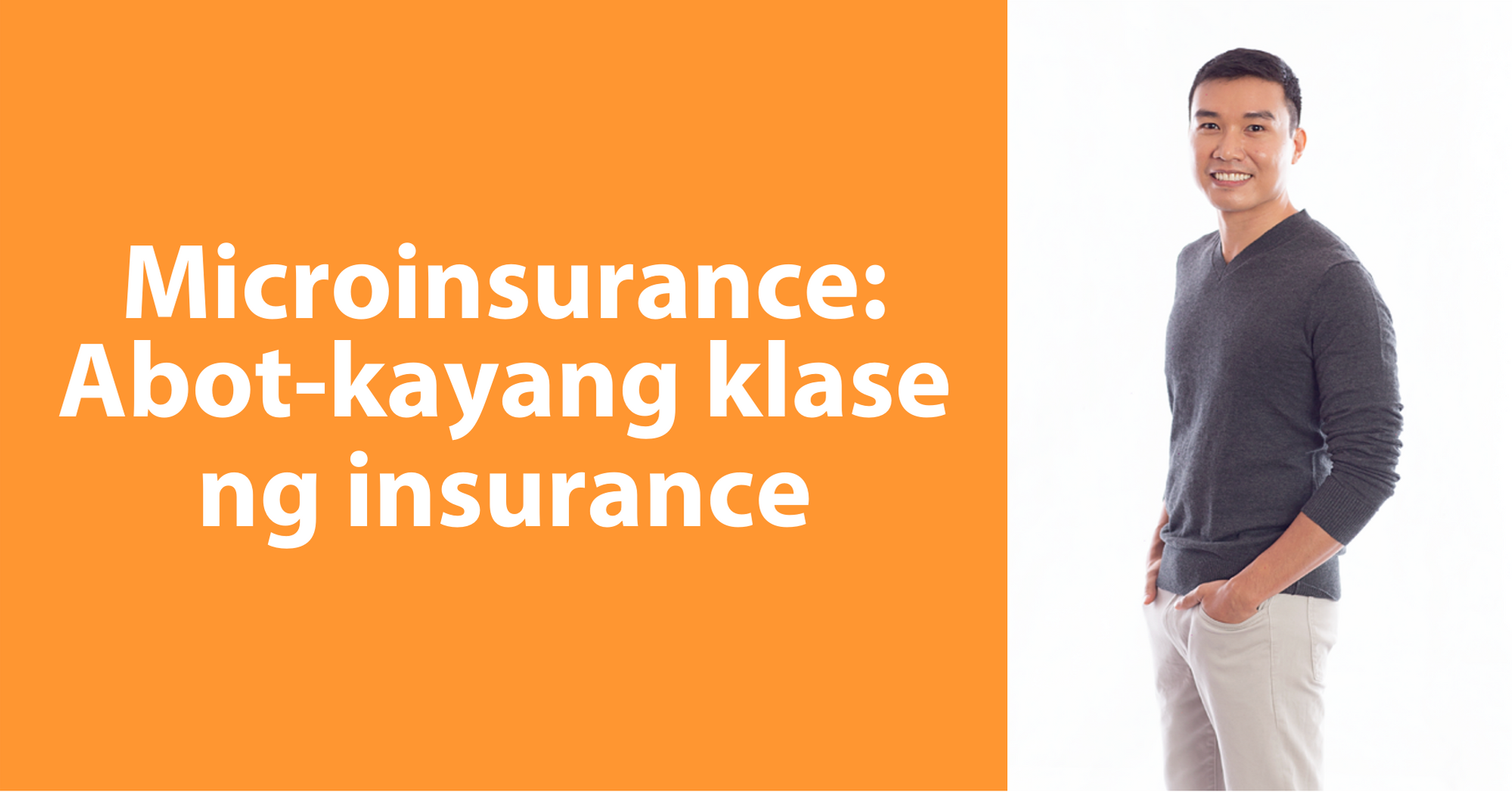
Microinsurance: Abot-kayang klase ng insurance
Pinaka-essence ng insurance ang pooling of risks over a large number of similar units such as households, persons or businesses. Inispread natin ang risk para yung financial loss ay hindi lang sa atin tatama. Insurance should not be treated as an investment Hindi dapat pinagkakakitaan ang insurance dahil hindi ito investment. Para itong bayanihan, you…